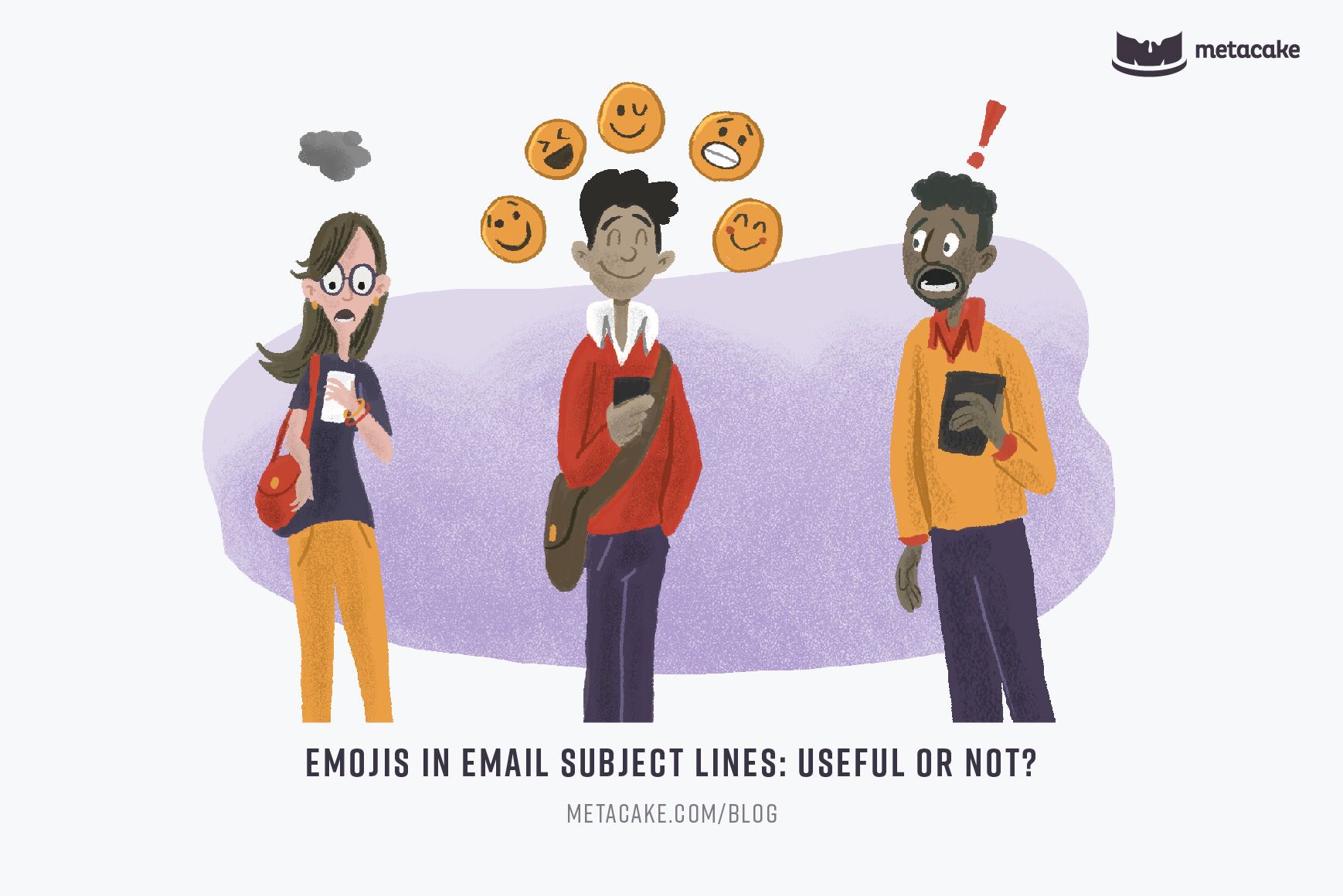
Emojis in Email Subject Lines: 👍 or 👎?
Depending on who you are (and how old you are), you might think emojis are so five years ago, too millennial, a tad annoying… or on the other end of the spectrum, you might find emojis essential for your day-to-day communication. Personal opinions aside, these special characters can actually play a key role in email marketing, especially in subject lines.
Of course, you will need to make sure any emojis you use align with your brand. But with so many emojis available to us now, most brands out there should be able to find the opportunity to sprinkle them in, in just the right places.
Why consider using emojis anyway?
Before we look at the results of using them, let’s look at what is going on when someone sees an image.
 First, at a practical level, the primary goal of a subject line is to stand out in your customer’s inbox. Using an emoji or two can break up the monotony of a long list of unread emails, possibly making you stand out enough to peak your customer’s interest.
First, at a practical level, the primary goal of a subject line is to stand out in your customer’s inbox. Using an emoji or two can break up the monotony of a long list of unread emails, possibly making you stand out enough to peak your customer’s interest.
Second, more scientifically, images communicate emotion, and our brain receives that differently than text or language. The part of the brain moved by emotions and images is actually the part of the brain that is responsible for taking action, more so than the analytical side of the brain. Plus, the brain processes images 60,000 times faster than plain text.
With this being the case, adding visuals is the best way to create action in people. Emojis are a simple way to add a visual to a brief subject line, communicating some sort of emotion for the customer to respond to.
What emoji testing has been done?
There have not been many studies that compare subject lines containing emojis vs. plain text. It’s a difficult theory to test on a huge scale since results will vary depending on the brand’s personality, what is being sold, who the audience is, and more. The tests that we have seen show emoji-containing subject lines vs. plain text performing relatively equally.
However, we do a lot of testing as we execute marketing tactics for hyper-growth brands here at Metacake. No matter what, we always craft at least four variations of subject lines to split test. We’ll try a variety of different characters, including plain text and incorporating emojis, brackets, and more. In our experience, emojis win out almost every time over subject lines without emojis. This evidence has shown us it’s always worth it to test a subject line with a visual!
Best Practices for Emoji Usage
1. Be original
Don’t use the standard emojis everyone uses all the time (for example, the classic smiley face). This defeats the purpose because you won’t stand out!
2. Use sparingly
Throwing too many emojis in one subject line is a fast path to coming across as irrelevant, trying too hard, or just looking messy.
3. Testing, testing
This will help you determine what works for your brand. We often use Klaviyo for email marketing, which makes A/B testing and checking the results very simple. Experiment with placing emojis at the beginning or the end of the subject line, or even place them in the body copy of the email.
4. Stay in the know
Do your research to understand what the emojis mean and what you’re communicating. Meanings are formed overnight for these characters, so consult someone who is in-the-know and can keep you relevant!
5. Find your go to keyboard
There are a few resources out there, but we typically use https://emojipedia.org/ for copying and pasting emojis into our subject lines.



